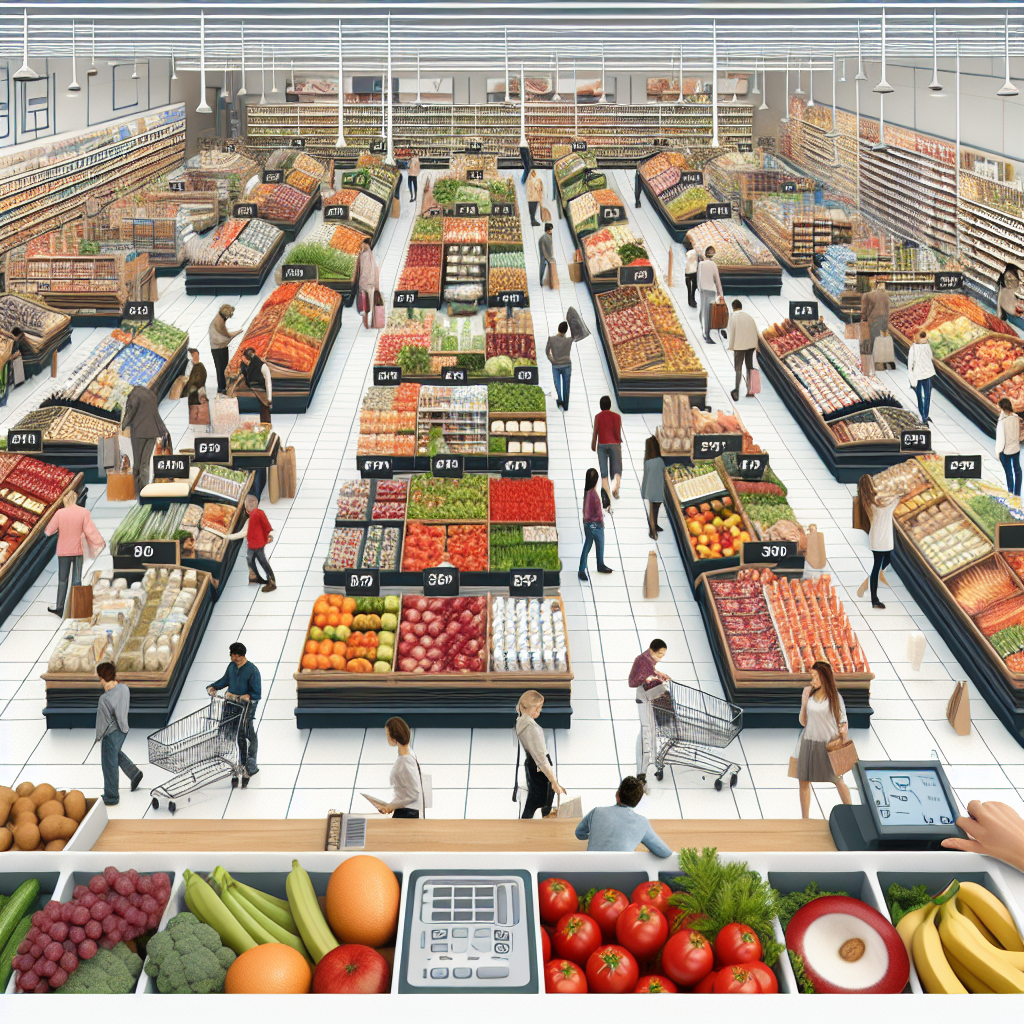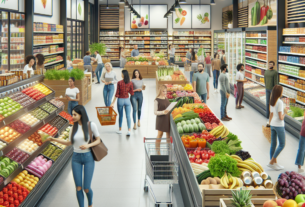The Impact of Subscription-Based Grocery Shopping on Traditional Retailers
In recent years, the rise of subscription-based grocery shopping services has disrupted the traditional retail landscape. These services offer consumers the convenience of having groceries delivered to their doorstep on a regular basis, eliminating the need to visit physical stores. This shift in consumer behavior has had a significant impact on traditional retailers, forcing them to adapt to changing market dynamics.
Market Share and Volumes
According to a report by CulinaryCoverage.com, the global grocery retail industry is projected to reach a value of $12.24 trillion by 2025. Subscription-based grocery shopping is expected to account for a significant portion of this market, with many consumers opting for the convenience and time-saving benefits it offers.
Traditional retailers are facing increased competition from subscription-based services, which are able to offer a wider range of products and personalized recommendations based on consumer preferences. This has led to a decline in foot traffic at physical stores, as more consumers choose to shop online for their groceries.
Financial Impact
The financial impact of subscription-based grocery shopping on traditional retailers has been significant. Many retailers have seen a decrease in sales and profits as consumers shift towards online shopping. This has forced traditional retailers to invest in their online platforms and delivery services in order to compete with subscription-based services.
In addition, traditional retailers are facing increased pressure to lower prices in order to remain competitive. This has led to thinner profit margins and decreased profitability for many retailers. In order to survive in this changing landscape, traditional retailers must find ways to differentiate themselves and provide value to consumers beyond just price.
Challenges and Opportunities
One of the main challenges facing traditional retailers is the need to adapt to changing consumer preferences. As more consumers choose to shop online for their groceries, traditional retailers must find ways to provide a seamless online shopping experience and offer unique products and services that cannot be found elsewhere.
However, this shift towards online shopping also presents opportunities for traditional retailers to innovate and differentiate themselves from subscription-based services. By focusing on customer service, product quality, and convenience, traditional retailers can attract and retain customers who value the in-store shopping experience.
Future Plans
In order to remain competitive in the face of subscription-based grocery shopping, traditional retailers must continue to invest in technology and innovation. This may involve partnering with technology companies to enhance their online platforms, or developing their own subscription-based services to cater to changing consumer preferences.
Additionally, traditional retailers must focus on building strong relationships with their customers in order to retain their loyalty. By offering personalized recommendations, exclusive deals, and exceptional customer service, traditional retailers can differentiate themselves from subscription-based services and attract customers who value the human touch of in-store shopping.
In conclusion, the impact of subscription-based grocery shopping on traditional retailers is significant and ongoing. As consumer preferences continue to shift towards online shopping, traditional retailers must adapt and innovate in order to survive in this changing landscape. By focusing on customer service, product quality, and technology, traditional retailers can remain competitive and continue to thrive in the evolving grocery retail industry.
[References]
– CulinaryCoverage.com: The State of the Global Grocery Retail Industry in 2025: Trends, Challenges, and Opportunities


